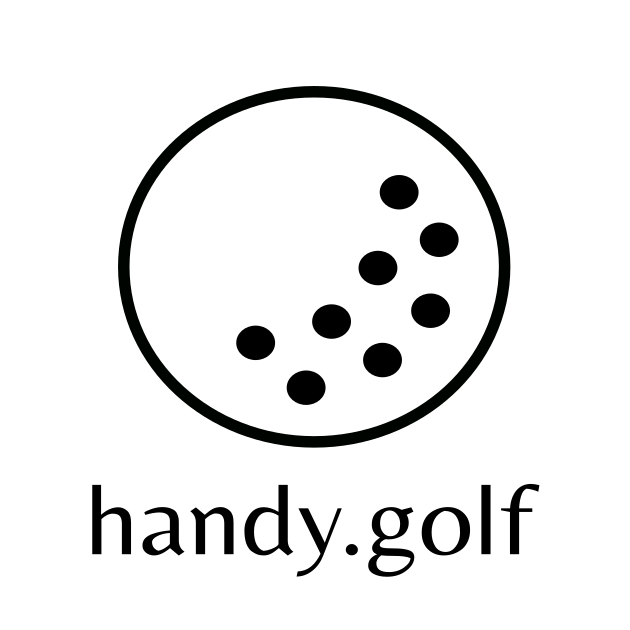
Talking in the 19th Hole
DRIVER. Golf clubs, as part of a community, have a social responsibility. Some clubs, aware of this commitment, have taken actions to support their community and their employees. An initiative that can make a difference in the lives of the sons and daughters of the club’s employees or the students of a nearby public school is to allow them to play golf.
The Club may conduct annual recruitment to select children and youth with athletic talent. Golf professionals, together with specialized personnel, can prepare a series of tests to determine the motor and psychological abilities of those interested.
Those selected will be awarded a scholarship by the Club and will be part of the Golf Academy. The Club determines what supports the scholarship includes: classes, clinics, golf equipment, uniforms, registration for tours and tournaments, accommodation, food, etc. The rights and responsibilities of the grantees must also be determined.
If the selection of talents is successful, those selected will be examples of the behaviors expected of the Academy’s participants. This example can be positive for the children of the members, who sometimes do not try hard enough because some are used to receiving everything without paying the price.
Although I did not receive a scholarship in a Club, it was as if it were, since I had the opportunity to grow within the Country Club of Culiacan. My dad worked as a Caddy Master. Our house was next to the golf equipment depot. He enjoyed the Club more than the members, as I lived within it. The Club was our patio and garden. I play golf since I can remember, in my view, since I was five years old, but maybe it was earlier.
Relating to the Club members and their families helped me to acquire a general culture. I learned to communicate and relate to people of different social levels. I learned the importance of human relationships as an essential element to be successful in any profession. I learned to play golf, and today I live by sharing the experience and knowledge acquired in 45 years of playing it.
This recruitment should not be limited to golf. It can also be applied to tennis, swimming, paddle tennis, and other sports practiced in the Club. I know that golf and sports, in general, can change the lives of children and young people, so a Club with social responsibility will make that change a reality.
WOODS. The practice tee and teeing areas are the flattest places on a golf course. The fairways, roughs, penalty areas, and greens are uneven. One difference between professionals and amateurs is that the pros have learned to handle lies.
The adjustments for hitting from a lie in full swing are known to most players, especially if their course has a lot of unevenness, but we rarely make these adjustments in chipping, pitching, bunker shot, and much less putting.
Lie-shot set-up adjustments are intended to position the body so that the angle of the clubhead’s approach to the ball is as if it were on flat ground.
Let’s look at the adjustments to putt set up for the four main types of lies. These adjustments are necessary to give you a better chance of hitting the sweet spot and getting your putt head on the correct path. These adjustments are proportional to the lie’s dimension, and it is essential to practice them before applying them to your game.
° The uphill putts:
– Shoulders and hips parallel to the ground.
– Spine perpendicular to the ground.
– The position of the ball one inch or a ball ahead of the normal position.
– Weight on the bottom foot (right foot).
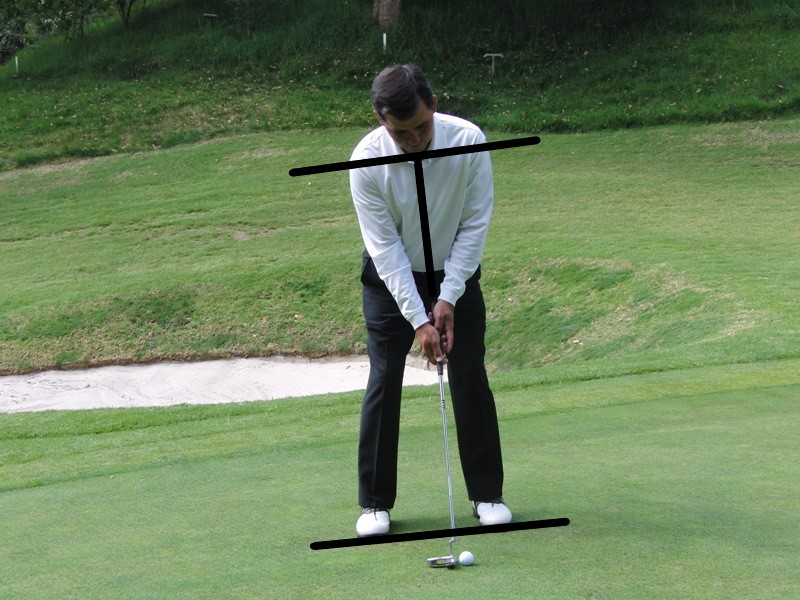
° The downhill putts:
– Shoulders and hips parallel to the slope.
– Spine perpendicular to the slope.
– The position of the ball one inch or one ball behind the normal position.
– Weight on the bottom foot (left foot).
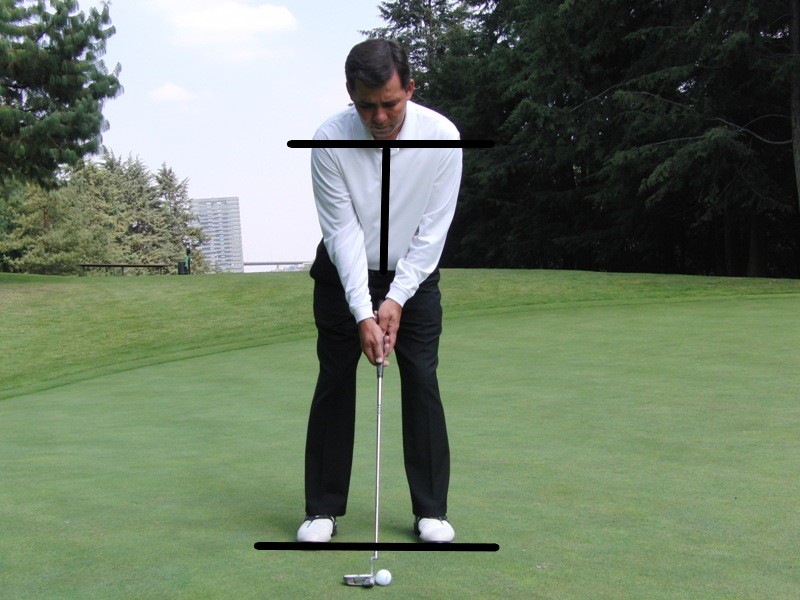
° Putts with the ball above the feet:
From the down-the-line:
– Break from right to left
– Closed body alignment (to the right of the hole) about the hole.
– A more upright posture with less bending of the knees and less inclination of the hips.
– Body a little further from the ball.
– Grip down.
– View before the ball
– Weight a little more on the tips of the feet to counteract gravity.
– The putt’s base is well placed on the ground, as the toe tends to lift.
From the frontal view:
– The position of the ball one inch or one ball behind the normal position.
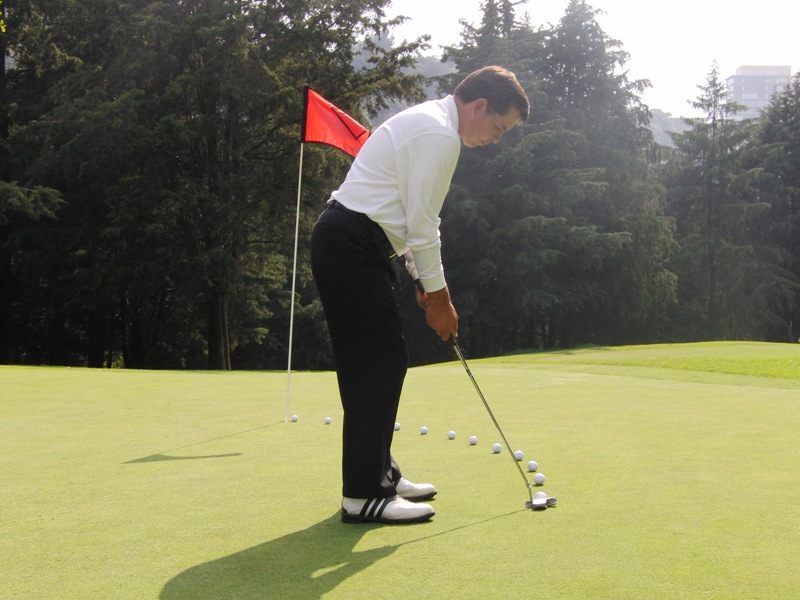
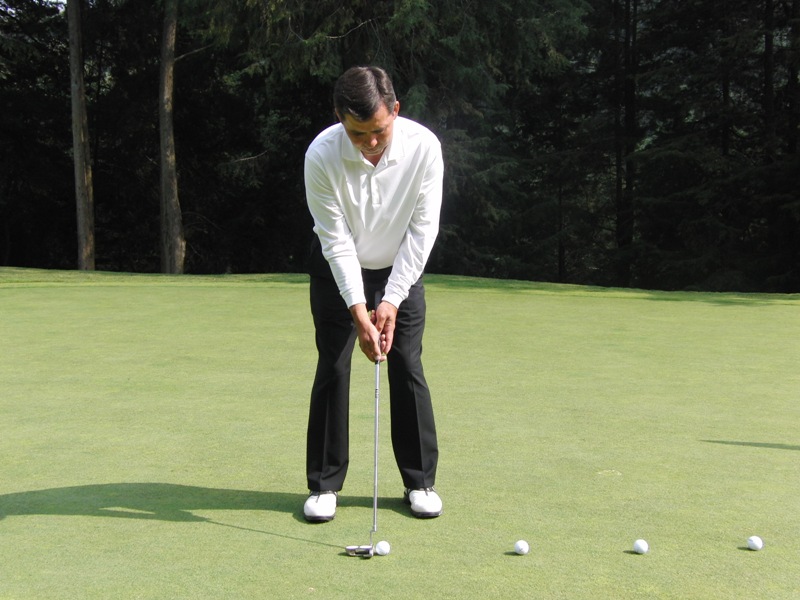
° Putts with the ball below the feet:
From the down-the-line:
– Break from left to right.
– Open body alignment (to the left of the hole) about the hole.
– More inclined posture with greater flexion of the knees and greater inclination of the hips.
– Body a little closer to the ball.
– Standard or slightly longer grip.
– View on the ball or even in front of the ball.
– A bit more weight on the heels to counteract gravity.
– The putt´s base is well placed on the ground, as the heel tends to lift.
From the frontal view:
– The position of the ball one inch or one ball ahead of the normal position.
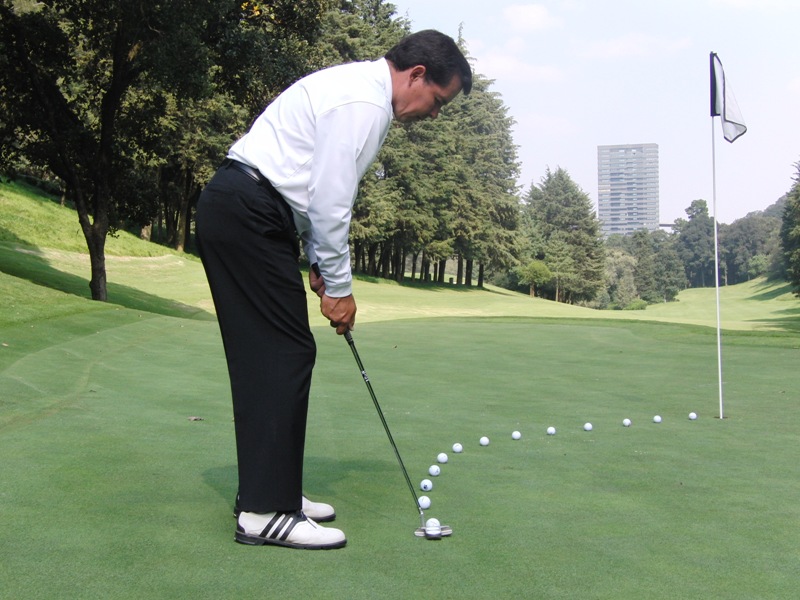
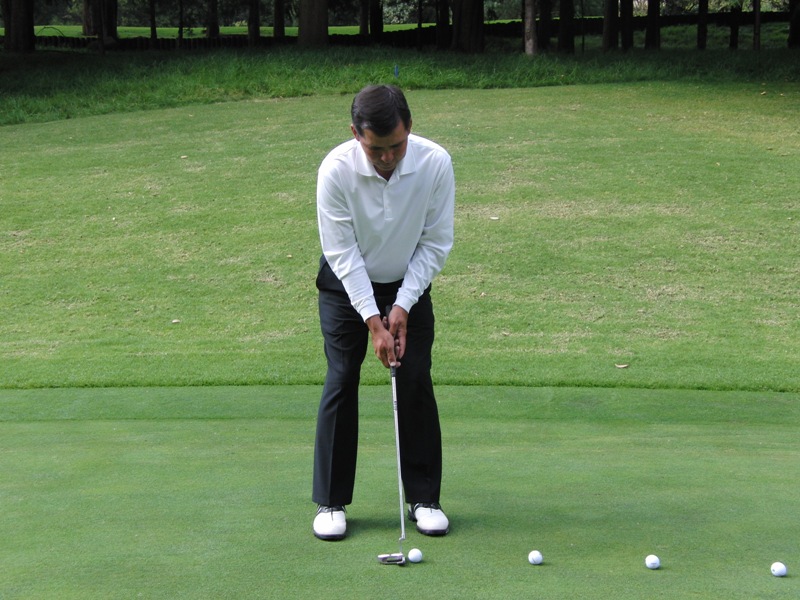
IRONS. In the Clubs I have worked with, I have heard stories of accidents in which there were material losses, injuries, and even deaths. Slipping into a penalty area (lakes, streams, etc.) or falling into it with the cart is one of the most frequent accidents. To rescue people who fall into the lakes, it is recommended to place lifebuoys. In addition to placing lifebuoys, it is essential to train staff on how to use them and in first aid.
PUTTS. Each Club has its customs and traditions. The Culiacan Country Club has a tradition that I consider to be positive: during the Annual Tournament, pay tribute to a lady or gentleman who has contributed significantly to the achievement of the Club’s institutional objectives. Identifying these people is easy, ask among the Club staff. Those of us who work in a Club know who may be worthy of this distinction, and in many cases, they are not the directives. FORE.
